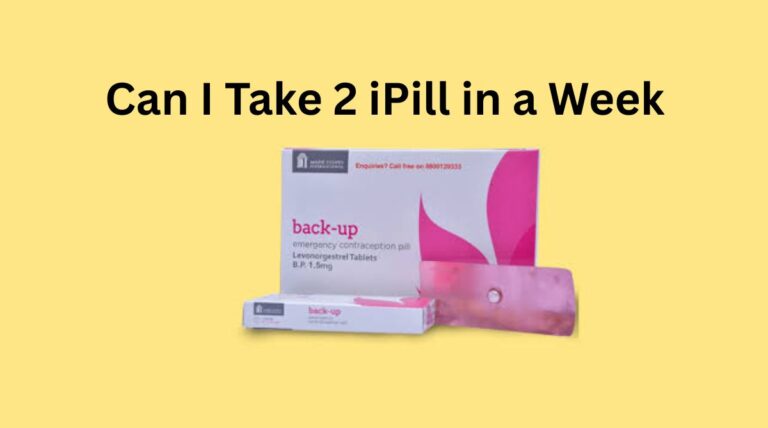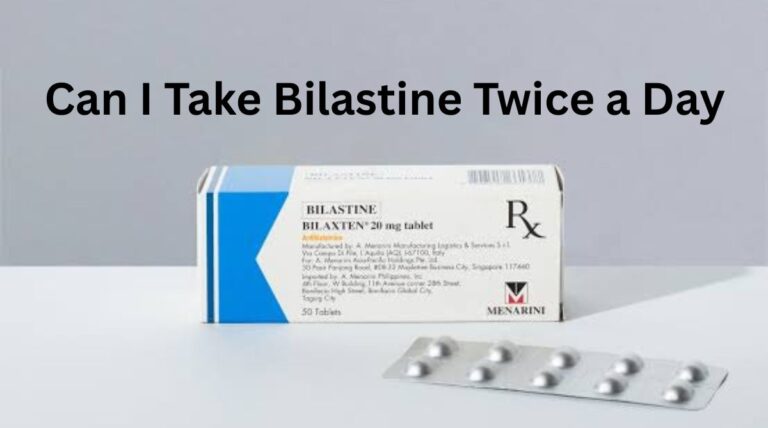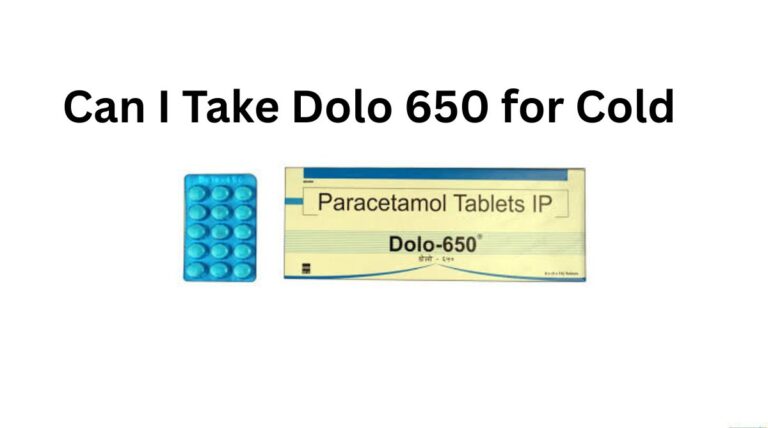
Nexito is a widely prescribed antidepressant medication that contains escitalopram oxalate as its active ingredient. It belongs to a class of drugs known as Selective Serotonin Reuptake Inhibitors (SSRIs), and it is primarily used to treat conditions like depression, anxiety disorders, panic disorders, and obsessive-compulsive disorder (OCD). A common question among patients starting this medication is: how long Nexito can be taken.
This article provides a thorough, well-researched answer regarding the duration of Nexito therapy, factors influencing how long it should be used, potential side effects of long-term use, and best practices for safe treatment.
Understanding Nexito and Its Uses
Nexito helps by increasing the levels of serotonin, a chemical in the brain that affects mood, emotion, and sleep. Low levels of serotonin are commonly linked with depression and anxiety. Nexito is commonly prescribed for:
- Major Depressive Disorder (MDD)
- Generalized Anxiety Disorder (GAD)
- Panic Disorder
- Obsessive-Compulsive Disorder (OCD)
- Social Anxiety Disorder (SAD)
- Post-Traumatic Stress Disorder (PTSD)
By restoring serotonin balance, Nexito can significantly improve mood, sleep quality, energy levels, and overall outlook on life.
How Nexito Works
Nexito works by blocking the reabsorption (reuptake) of serotonin into neurons, making more serotonin available in the brain. This leads to:
- Improvement in mood
- Reduction in anxiety symptoms
- Better control of obsessive thoughts and compulsive actions
However, achieving these benefits requires consistent use over a period of time, and the duration of treatment varies from person to person.
How Long Nexito Can Be Taken: General Guidelines
The duration for which Nexito can be taken typically depends on the nature of the condition, its severity, and how the individual responds to the treatment. General treatment timelines are:
- For Depression: A minimum of 6 months after feeling better to prevent relapse.
- For Anxiety Disorders: Generally 6 to 12 months, sometimes longer.
- For OCD: At least 1 year or longer if symptoms persist.
- For Panic Disorders: At least 6 months post-symptom control.
In many cases, doctors recommend continuing Nexito for 1 to 2 years or even longer for patients who have had recurrent episodes of depression or chronic anxiety.
Factors Influencing How Long Nexito Should Be Taken
Several key factors determine how long Nexito therapy might continue:
1. Severity of the Condition
Patients with severe depression or chronic anxiety are often advised to continue medication longer to prevent relapse.
2. Number of Previous Episodes
If a person has experienced multiple episodes of depression or anxiety, longer-term maintenance therapy might be needed.
3. Patient’s Response to Treatment
Faster improvement might allow for earlier discontinuation under supervision, whereas slower response may require prolonged therapy.
4. Risk of Relapse
High relapse risk (e.g., past suicidal behavior, severe symptoms) often warrants longer use.
5. Side Effects Tolerance
If the patient tolerates Nexito well, it can safely be used for years with monitoring. Significant side effects might lead to dosage adjustment or discontinuation.
6. Doctor’s Evaluation
Regular follow-up consultations are crucial to assess if continuation is necessary or if a tapering strategy should be considered.
Long-Term Use of Nexito: Is It Safe?
Studies and clinical experience suggest that long-term use of Nexito is generally safe when monitored by a healthcare provider.
However, there are some aspects to be aware of:
- Weight Changes: Some patients may experience weight gain or loss over time.
- Sexual Side Effects: Decreased libido or delayed ejaculation can persist.
- Emotional Blunting: Some users report feeling emotionally numb after prolonged use.
- Gastrointestinal Issues: Nausea or stomach upset may occasionally continue.
Thus, while Nexito can be safely taken for extended periods, it’s important to review its benefits versus side effects at regular intervals.
Risks of Stopping Nexito Abruptly
It is important not to stop Nexito suddenly after long-term use, as it can cause withdrawal symptoms known as SSRI discontinuation syndrome:
- Dizziness
- Fatigue
- Anxiety
- Irritability
- Electric shock-like sensations (brain zaps)
- Sleep disturbances
To avoid these symptoms, doctors recommend gradual tapering of the dose over weeks or months, depending on the treatment duration and dosage.
How Doctors Decide When to Stop Nexito
Doctors typically consider discontinuing Nexito when:
- The patient has been symptom-free for 6–12 months.
- The patient expresses readiness and has coping mechanisms in place.
- There is a low risk of relapse based on history and current status.
The tapering plan might involve:
- Reducing the dose gradually over several weeks
- Monitoring for any return of symptoms
- Reinstating the drug if severe symptoms recur
Thus, the decision is collaborative between the doctor and patient, weighing the benefits and risks carefully.
Typical Duration for Different Disorders
Here’s a general guideline based on the disorder:
| Disorder | Typical Duration |
|---|---|
| Major Depression (first episode) | 6–9 months after recovery |
| Recurrent Depression | 2+ years |
| Generalized Anxiety Disorder | 12 months minimum |
| Panic Disorder | 6–12 months |
| OCD | 12 months or longer |
| PTSD | Long-term depending on severity |
Again, these are guidelines, not fixed rules, and individual differences are significant.
Patient Testimonials and Real-World Use
Many patients who have taken Nexito report:
- Significant improvement within 4–8 weeks of starting.
- Some stay on maintenance doses for over 5 years without major issues.
- A few needed to switch medications after several years due to side effects.
Overall, patient experiences suggest that long-term use of Nexito, under supervision, is often beneficial and manageable.
Precautions While Taking Nexito Long-Term
If you are taking Nexito for an extended period, keep these precautions in mind:
- Regular Medical Reviews: At least once every 6 months.
- Monitoring for Side Effects: Watch for emotional blunting, sexual dysfunction, and weight changes.
- Lifestyle Measures: Incorporate healthy habits like regular exercise, balanced diet, stress management techniques, and adequate sleep to enhance recovery.
- Do Not Self-Adjust the Dose: Always consult your doctor before changing your dosage.
By following these guidelines, the benefits of long-term Nexito therapy can be maximized while minimizing risks.
Alternatives to Prolonged Nexito Use
In some cases, after stabilization, doctors might suggest:
- Psychotherapy (like Cognitive Behavioral Therapy – CBT) to maintain mental health without medication.
- Mindfulness and Stress Reduction Techniques.
- Other Medications with fewer long-term side effects if needed.
A combined approach often works best to ensure sustainable mental health improvement.
Final Thoughts
Answering the question how long Nexito can be taken, the key takeaway is: as long as necessary for maintaining mental health, under medical supervision.
- For most patients, this means 6 to 12 months at a minimum.
- Some may need Nexito for several years to prevent relapse, especially if they have had multiple episodes.
- Long-term use is safe for many but requires careful monitoring for side effects and regular reassessment of the need for continuation.
Never self-discontinue or alter the course of treatment. Regular consultation with a psychiatrist or physician is essential for ensuring that Nexito continues to help rather than hinder your mental well-being.
With professional guidance, Nexito can play a crucial role in achieving lasting mental health and a better quality of life.






